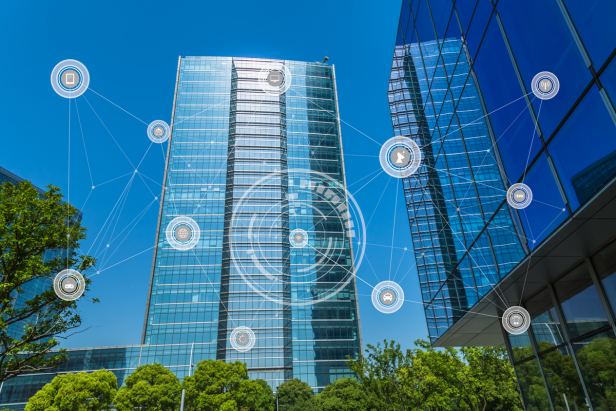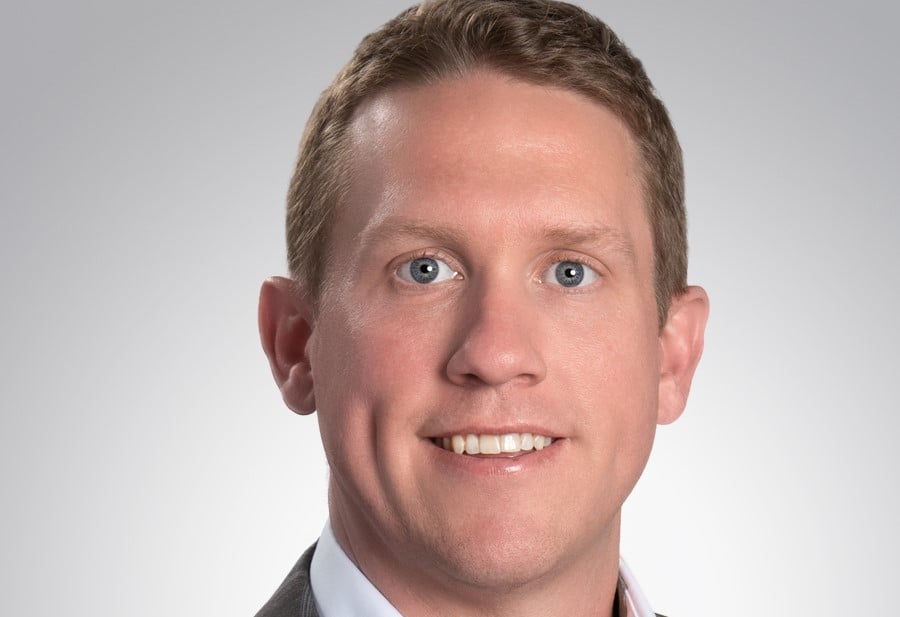When it comes to office, corporate strategies can go from in-person through hybrid and right to home. There likely are no easy answers, despite what some executives would like to think.
"Many companies are struggling to figure out their office needs going forward," Trevor Adler, a Stroock partner, tells GlobeSt.com. "Office leases have historically been for a term of 10 or 15 years, plus extension options, which generally suits both landlords and tenants given the investment that both parties typically need to make in transaction and buildout costs. Because those costs have not gone away, 10- or 15-year lease terms have remained the norm. For many tenants, the prospect of a 10 plus year lease remains attractive even given the current uncertainties of office needs, especially when flexibility is layered into the lease by means of expansion, contraction, and early termination options. But for those who seek even more flexibility, the alternatives of subletting and flexible/shared workspace providers each offer shorter terms and the possibility of minimal or zero transaction and buildout costs."
But to make any decisions about flexibility, you need facts, and in the case of how thoroughly or well employees use an office, something has to clock in the data. Unless you or your tenants are going to employ hall monitors, that likely means technology.
Recommended For You
"There are several technologies organizations can use to count actual bodies in the office," Craig Gillespie, vice president of the occupier division at MRI Software, tells GlobeSt.com, "and these technologies come with varying degrees of accuracy, cost, and data-collection concerns. Methods include occupancy sensors, seat sensors, security-badge data, and Wi-Fi readings. The more you spend the higher the accuracy. The technologies are there today with minimal calibration required; it really comes down to a matter of cost."
"The sensing technology we use in our people counting and occupancy solutions—after trialing many different options over the years—is based on horizontal infrared technology," said a response from vendor Microshare. "Discreet, wireless sensors are placed under desks, in doorways and in meeting spaces to deliver data on occupancy and activity levels. These sensors ensure privacy for occupants … and accurate occupancy counts that help our customers make better informed decisions about the space they use and need within their CRE portfolios."
There can be other considerations as well. For example, some systems could use machine learning and computer vision to differentiate among people and count the number—even identify individuals—within an area. Beyond cost, technology can raise questions about privacy issues.
"There are many ways companies can anonymize data if they choose," Gillespie adds. "The most important thing to do with employees is to communicate proactively and openly with employees or tenants about what information is being collected, why data is being collected, how long it is being stored, et cetera." Talk to employees in advance and get consent rather than dealing with the fallout of an imposed solution.
Whatever technology a company considers, it might make sense to pilot different choices to find what works best in a given setting. In addition, you can see what types of captured data you actually need for decision making and management. Why collect and store more if you aren't going to use it?
© Touchpoint Markets, All Rights Reserved. Request academic re-use from www.copyright.com. All other uses, submit a request to [email protected]. For more inforrmation visit Asset & Logo Licensing.






